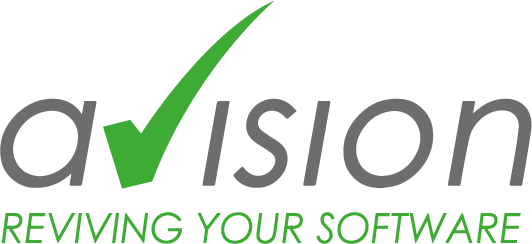Migrating legacy applications is a time-consuming process – and therefore costly. The IT service provider Avision points out five common mistakes that IT departments should avoid at all costs when replacing software.
There are many reasons for switching from old applications to new systems, such as outdated technologies or the need for new functions. IT must be aware of a whole series of stumbling blocks during this process. The IT service provider Avision, which specializes in the modernization of software systems, warns of the five most common mistakes.
1. Reliance on the documentation
The truth lies in the code, not in the documentation. While the code base shows the current status of a system, the documentation often lags behind and deviations occur. A frequently seen phenomenon is delta documentation, in which only the changes to the predecessor are documented. In order to gain a complete insight, the entire series of documents must still be available. This must be read and understood. For this reason, a look at the code is essential.
2. Underestimation of user habits
Anyone who works with software on a daily basis quickly gets used to the way the program works and its structure. Many users will find it difficult to get used to unintentional major innovations. There is a lack of acceptance. To achieve this, you have to talk to the users. What are the users’ requirements? What did they like about the old application? What made their work easier? Many companies underestimate the persistence of users; they should definitely take this into account when replacing software.
3. Misjudgment of the scope
The duration and scope of software replacements can quickly exceed expectations. In many cases, companies decide to merge several old systems with high levels of complexity into a new solution in order to exploit synergy effects and thus save time and costs in the long term. However, the costs and duration of the implementation are often underestimated, which puts the synergy effects into perspective. And the characteristics of the application itself are also decisive: the older and more critical it is, the higher the probability that it will play an important role in the infrastructure and be heavily networked with other systems. The resulting risks in the event of a replacement are also often incorrectly assessed.
4. Plan a single rollout
IT should not roll out large projects in one go. It is better to concentrate on subsections, replacing them piece by piece while keeping an eye on the big picture. By dividing them into individual applications, they can be replaced or even deleted in a targeted manner, although this can take a long time, sometimes several years.
5. The wrong reasons
Companies should thoroughly scrutinize the replacement of existing software. Software should not simply be replaced as an end in itself. This step is not about being technologically hip and following the latest trends. Instead, companies need to focus on the cost-benefit factor.
This press release is also available at www.pr-com.de/de/avision.
Press contact
Avision GmbH
Christina Karl
Marketing
Bajuwarenring 14
D-82041 Oberhaching
Tel. +49-89-623037-967
christina.karl@avision-it.de
PR-COM GmbH
Melissa Gemmrich
Sendlinger-Tor-Platz 6
D-80336 München
Tel. +49-89-59997-759
melissa.gemmrich@pr-com.de



